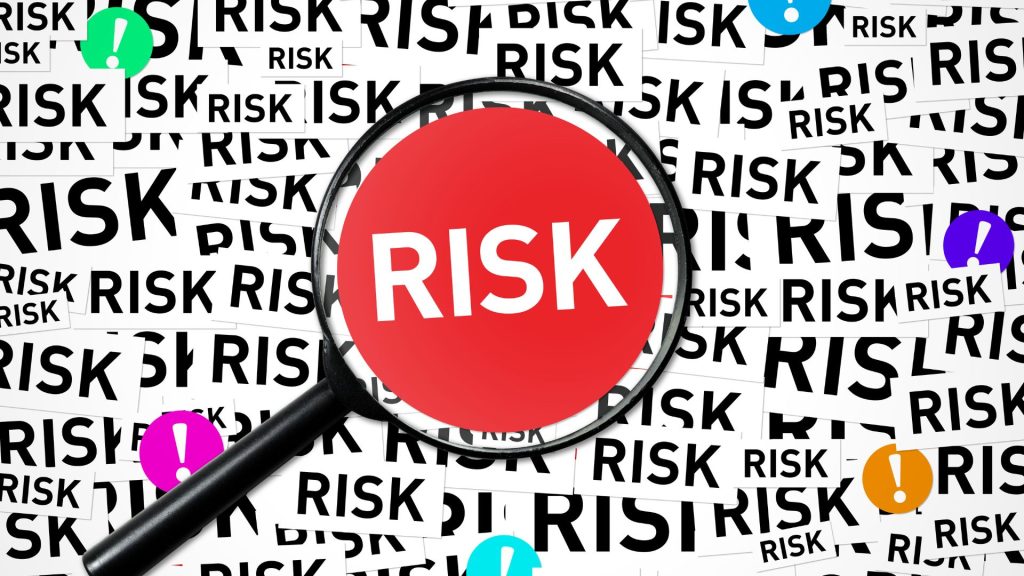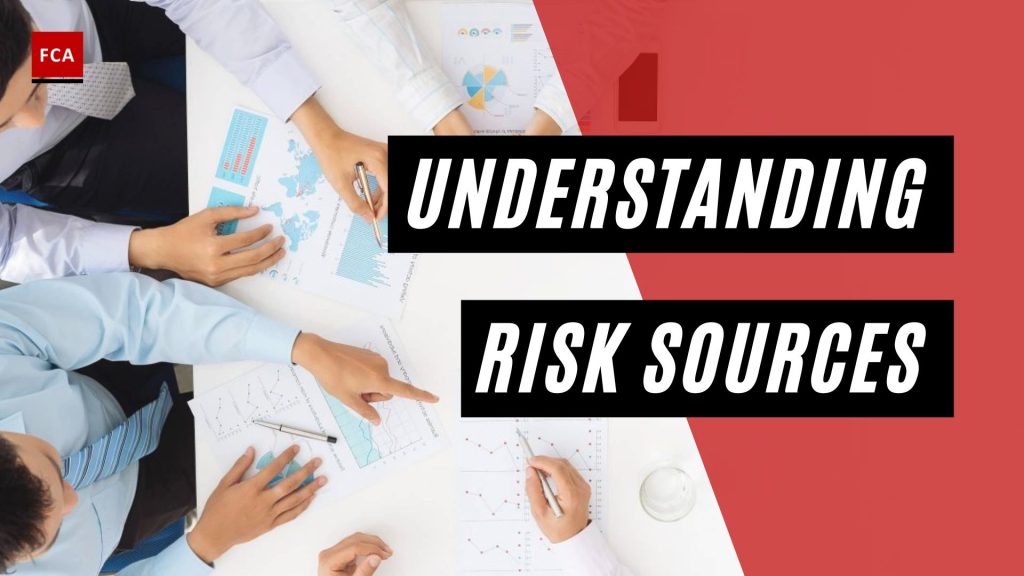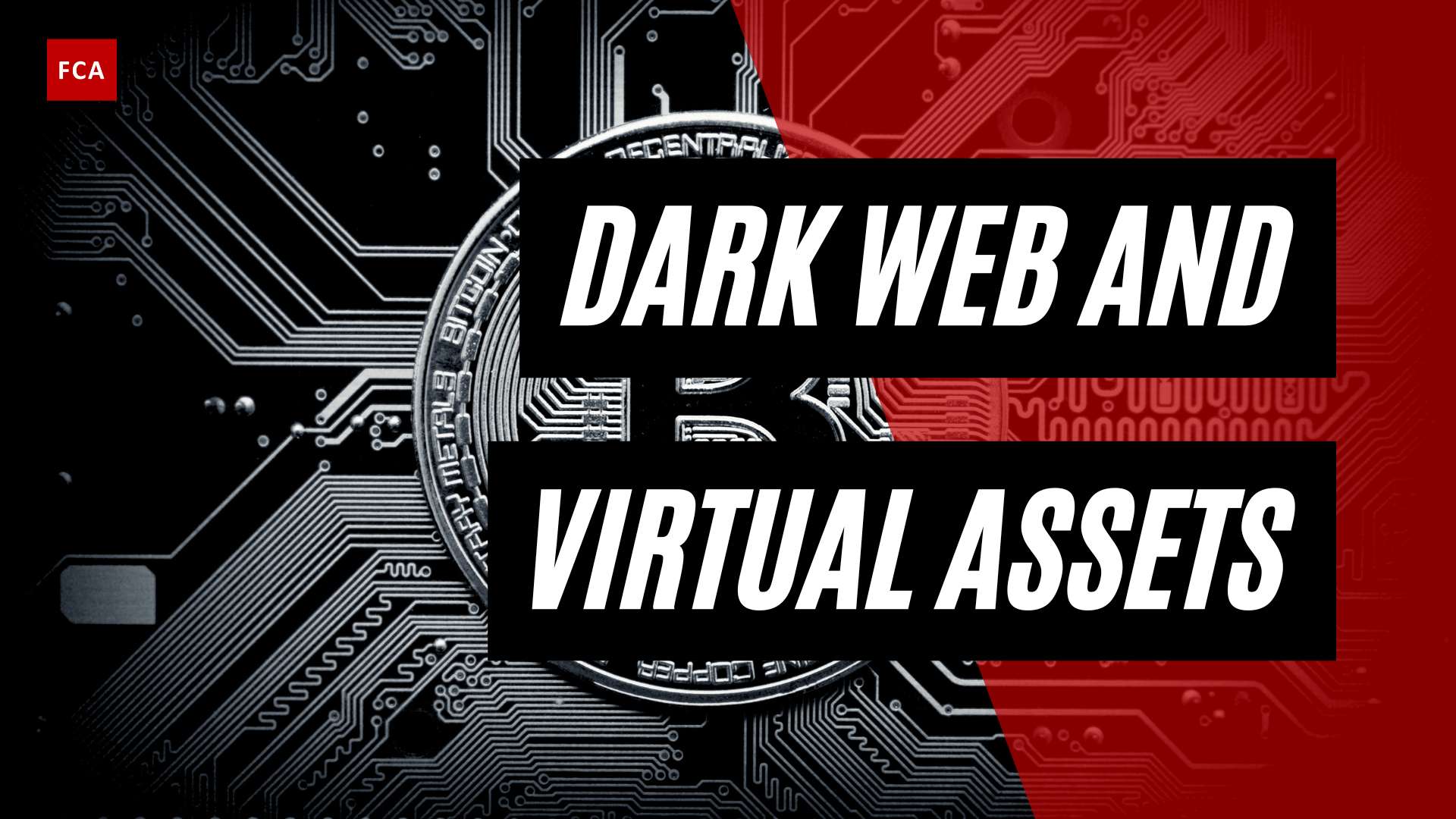Understanding risk sources, risk origination, and risk classification are essential components of risk management. Sometimes money laundering or terrorist financing, or ML/TF risks can originate in one entity process but also impact other processes. Consequently, management identifies and manages these ML/TF risks to sustain and improve compliance performance.
Creating, preserving, realizing, and minimizing the erosion of an entity’s value is further enabled by identifying, assessing, and responding to ML/TF risk that may impact the achievement of the entity’s strategy and business objectives. ML/TF risks originating at a customer or transactional level may be as disruptive as those identified at an entity level.
ML/TF risk management allows entities to improve their ability to identify new ML/TF risks and establish appropriate AML/CTF responses, reducing surprises and related compliance costs. Further, through the logical identification and integration of ML/TF risks, the organization finds the root causes and sources of the ML/TF risks.

Understanding Risk Sources, Risk Origination and Risk Classification
There are various sources from which the ML/TF risks originate, such as regulatory requirements, including laws, policies, procedures, changes in economics and political factors, changes in the customers’ risk profiles, behaviors, and transactions, and various other internal employee-related factors dealing with onboarding and identity verification.
ML/TF risks may be highly correlated with factors within the business context or with other risks. Further, ML/TF risk responses may require significant investments in compliance processes, teams, and systems. Emerging ML/TF risks arise when business context changes, customer profile changes, new laws, and regulations are introduced, dealing with high-risk clients or jurisdictions, etc.
Note that emerging ML/TF risks may need to be understood better initially and may warrant reidentification more frequently. Additionally, organizations must establish a communication culture regarding emerging ML/TF risks. Identifying new and emerging ML/TF risks allows the organization to look to the future and gives them time to assess the potential severity of the emerging ML/TF risks.
Having time to assess emerging ML/TF risks allows the organization to anticipate the AML/CTF risk responses. Some ML/TF risks may remain unknown, for which there was no reasonable expectation that the organization would consider them during ML/TF risk identification and assessment.
ML/TF risk incidents may have financial, reputational, operational, strategic, and legal consequences. As there may be different consequences of the ML/TF risks in combination that may impact one operating unit or the entity as a whole, they may be highly correlated with factors within the business context or with other risks.
ML/TF risk identification and classification into appropriate risk categories are core activities of the AML/CTF risk management practices. Risk classification enables the organization to assess inherent and residual risks for various processes and activities. Without risk classification into appropriate types or classes, the management may be unable to analyze the risks related to different processes and departments appropriately.
Risks must be classified according to their type, nature, and complexity. To classify the risks, the organizations must establish the sources of the risks, which means identifying possible sources, information, data, research, and reports that may help the risk owners identify their relevant and applicable risk sources. This enables organizations to classify their risks into appropriate categories for assessing the impact and likelihood of the risks.
Such risk sources may be internal audit reports, inspection reports by the regulator, historical loss data, financial information, customer complaints data, news database, reported hazard incidents, penalties data, etc.
Risk classification is achieved by defining the quantitative and qualitative risk assessment criteria. Once the risks are identified and tagged with the risk types, the inherent and residual risk assessment is performed, considering the level of controls in place to mitigate the risks. After performing the residual risk assessment, the risks are classified into three broad levels: high, medium, and low.
During risk classification, the organization considers the criticality of the function and process to which the risk relates. Critical departments and processes are always given priority, and related risks are usually marked as high to ensure that all critical processes are regularly monitored from the risk management point of view. This is necessary because risk in critical processes may lead to significant financial, operational, reputational, and strategic losses.
Such a classification enables management to aggregate the High-level risk as priority risks for monitoring and management purposes. All cross-functional high-level risks are aggregated to have a broader view of the significant risks to which an organization is exposed. Once all the high-level classified risks are aggregated, each process owner starts taking appropriate measures and implementing controls that must be in place to mitigate such high-level risks.

Emerging ML/TF risks are also assessed and classified as they arise when the business context changes, and they may alter the entity’s risk profile in the future. Note that emerging risks may need to be understood better to identify and initially assess accurately and may warrant reidentification more frequently. Additionally, organizations should communicate evolving information about emerging risks.
Identifying new and emerging risks, or changes in existing risks, allows the organization to look to the future and gives them time to assess the potential severity of the risks and take advantage of them. In turn, having time to assess the risk allows the organization to anticipate the risk response or to review the entity’s strategy and business objectives as necessary. Some risks may remain unknown, for which there was no reasonable expectation that the organization would consider during risk identification.
Final Thoughts
Understanding risk sources, risk origination, and risk classification is crucial for effective risk management. By identifying potential risks, understanding when and where they may occur, and classifying them appropriately, organizations can develop effective strategies for mitigating and managing risks.









